7 Famous Temples in Bangkok
Bangkok’s temples are an exciting piece of the capital’s heart as well as a soul. A visit here would not be finished without seeing any less than two of them. The construction is dazzling and the sparkling adornment like no other. Envision a huge number of bits of shaded glass and ceramics embellished with amazing structures plated in glaring gold – you’re without a doubt in a City of Angels!
The best time to visit most temples is in the early morning. It’s cooler and for the most part, less crowded. The sanctuaries (‘wats’) are vacation destinations as well as have an important influence in Buddhist conventions. Priests live in the temples edifices, wake up around 04:00, take care of laws and obligations and afterward gather food and necessities from usual individuals in the city. On the off chance that you are up right on time in Bangkok you will see priests walking around, wearing saffron shaded robes. This routine offering custom (called ‘tak bat’) happens all around Thailand and is a part of the Buddhist rationality of giving and improving merit to accomplish a better life past this one.
Grand Palace Dress Code
Situated in the core of Bangkok, Thailand, the Grand Palace was a previously a home for King Rama I to King Rama V of the Rattanakosin Kingdom. Today, the place is utilized for holding royal ceremonies and respecting the king’s visitors, State visitors, and other foreign dignitaries. It is likewise a place where stays of rulers and high-positioned individuals from the regal family were arranged before incineration.
Dress Code here
Wat Pho Dress Code
Directly behind the opulent lavishness of the Temple of the Emerald Buddha stands Wat Phra Chetuphon, which is usually known by its old name of Wat Po.
The sanctuary is in reality substantially is far older than the city of Bangkok itself. It was established in the seventeenth century, making it the oldest temple in Bangkok. The name Wat Po originates from its unique name of Wat Potaram. Lord Rama I, the organizer of Bangkok, augmented the temple, introduced numerous statues and different relics recuperated from Ayutthaya, and renamed the sanctuary Wat Phra Chetuphon in 1801. Rama III developed the temple in 1832 and transformed it into a focal point of getting the hang of, making it Thailand’s first college. Rama III is additionally in charge of the development of the leaning back Buddha. The Wiharn lodging the leaning back Buddha is marginally sufficiently huge to hold the statue, which is the reason you never observed any full shots of the entire thing. Notwithstanding the beautiful highlights of the Buddha’s face, likewise of note are the bottoms of the Buddha’s feet, 45 meters (150 feet) far from the head, which have been trimmed with mother-of-pearl to show the 108 promising signs which recognize a genuine Buddha.
Dress Code here
Wat Arun Dress Code
Wat Arun, known as Wat Chaeng, is located on the west (Thonburi) bank of the Chao Phraya River. It is effortlessly a standout amongst the most amazing temple in Bangkok, in light of its riverside area, as well as because the outline is altogether different from other temples you can visit in Bangkok. Wat Arun (or sanctuary of the sunrise) is halfway comprised of vividly finished towers and stands grandly finished the water. Wat Arun is straightforwardly opposite Wat Pho, so it is anything but difficult to get to. From Sapphan Taksin watercraft wharf you can take a stream vessel that stops at dock 8. From here a riverboat can take you from one side of the waterway to the next for just 3 baht. Passage to the sanctuary is 100 baht. The sanctuary is open daily from 08:30 to 17:30.
Dress Code here
Wat Traimit Dress Code
Situated toward the end of Chinatown’s Yaowarat Road, near to Hualampong Railway Station, Wat Traimit houses the world’s most significant colossal gold seated Buddha covering almost five meters in stature and weighing five and a half tons. Previously, craftsman created the Buddhas in gold and camouflaged them from attacking armed forces by a covering of stucco and mortar.
Legend has it that there were three temples of Wat Sam Chin; Wat Sam Chin Nuea at Khlong Bang O opposite to Thewet, Wat Sangwet Witsayaram in Bang Khun Phrom, and Wat Chotikaram in Mueang District of Nonthaburi Province. Plus, there is Wat Sam Chin Tai, which alludes to Wat Traimit Wittayaram.
As indicated by the title deed, the entire zone of Wat Traimit Wittayaram covers 14 Rai, 2 Ngan, 31 Square Wah. At present, the temple title deed is kept with the Religious Affairs Department, Ministry of Education, Bangkok. Before, the territory around the sanctuary was a swamp with waterlogged; this way; the land is currently remodeled with the foundation of ferro-concrete in all zone of the protection. The temple joins to Rama IV Road, Traimit Road, Soi Sukorn 1, and Charoen Krung Road in the north, south, east, and west, separately.
Dress Code here
Wat Ratchanatdaram
Wat Ratchanatdaram isn’t so prevalent as a few different temples, and we can’t make sense of why—it’s worth a visit and the area along Ratchadamnoen Avenue, close to the Democracy Monument and the Golden Mount, implies that most voyagers will walk past it sooner or later.
Standing 38 meters tall with three levels, the Loha Prasat is made out of laterite columns encased in a mortar and ascending to a climbing arrangement of Prasat towers that were given a brilliant sheen as of late. These symbolize the 37 characteristics adding to edification, which incorporate thought of the psyche and body alongside smoothness, vitality, care, and poise.
While it was approximately demonstrated after significantly older temples in India, Sri Lanka, and maybe Burma, Wat Ratchanatdaram’s Loha Prasat is the just a single of its kind on the planet. It was initially outlined as a contemplation setting—beginner priests would sit in calm corners among the columns on the ground floor while senior monastics thought about the upper levels.
Dress Code here
Wat Prayoon
Wat Prayoon is otherwise called Wat Rua Lek. This temple sits on the western side of the Chao Praya River. It was built during the rule of King Rama III. It’s most exceptional highlights are its vast modified chime formed chedi (pagoda). The place has Turtle Mountain lodging spirit houses and a lake where guests can feed the turtles.
The Turtle Mountain was designed after a hill of melted candle wax. The low ascent mount has a few “spirit houses” devoted to the individuals who are as of now dead. The smaller than normal houses that contain this “mountain” demonstrate mind-boggling subtle elements that are ordinarily found in a blend of Eastern and Western building plans. A small artificial lake encompasses the “mountain.” Visitors would discover it a decent reprieve to take a rest in the wake of investing energy nourishing the turtles. By the path, there are natural products available to be purchased like papaya at the slow down close to the edge of the patio for the food of the turtles. Behind this hill is the crematorium. Kids will love nourishing the turtles and some little fishes that swim in the small lake.
This temple is, in reality, a Buddhist sanctuary with the run of the mill structure found in such Thai temples. It has a splendid red tall iron fence. This fence isn’t something normal since it is molded from antiquated weapons which incorporate spears, swords and comparable combat hardware. It is home for Buddha relics with a noteworthy site of incredible magnitude as far as size and other design highlights.
Dress Code here
Wat Benchamabophit
Wat Benchamabophit is usually referred to by visitors as The Marble Temple. It’s anything but painful to see where the moniker originates from in light of the white Italian Carrara marble that was utilized for its development.
In spite of the fact that there is no chedi or wihaen at Wat Benchamabophit and a large number of the ordinary structures you would see at different Wats or sanctuaries, this temple is an “absolute necessity see” for Bangkok’s guests. A European impact can be found here, in the Italian marble utilized here, as well as in the recolored glass windows found here. In the fundamental bot or sanctuary building, you will locate a brilliant Sukhothai-style Buddha level within magnificence to whatever remains of the sanctuary. The Buddha, named Phra Buddhajinaraja and cast in 1920 has a blue foundation that is lit up, giving it an interesting look deserving of your photographs! After you pass the marble sanctuary, you’ll enter a yard which is encompassed by more than 50 Buddha pictures in a group speaking to a wide range of styles of Buddhism.
In case you’re fortunate, during your visit to Wat Benchamabophi, you might get to see one of the numerous celebrations that are held here. Additionally, a morning visit may discover you get a charge out of the priests amid their day by day petitions or droning.
Bangkok Temples Dress Code
The fundamental concept is to protect your shoulders and knee joints (both sexes), and preferably you’d cover your ankles as well. On the bottom, dress in extended shorts, capris, pants/trousers or a knee-length-or-longer skirt. At the top, decide on any shirt that completely covers your shoulders.
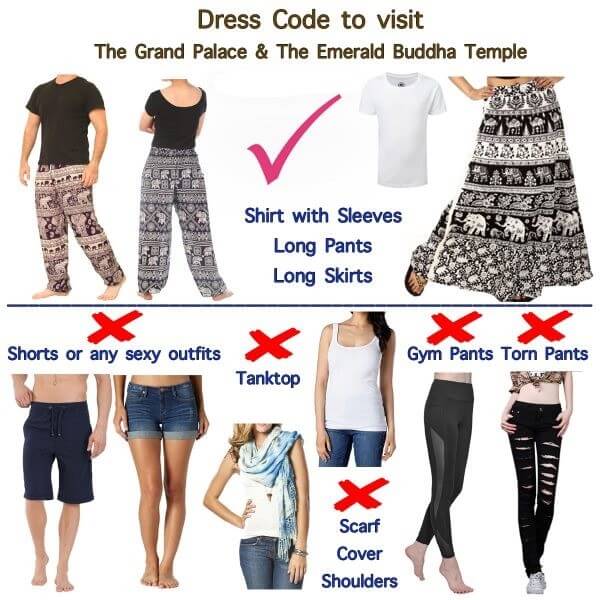


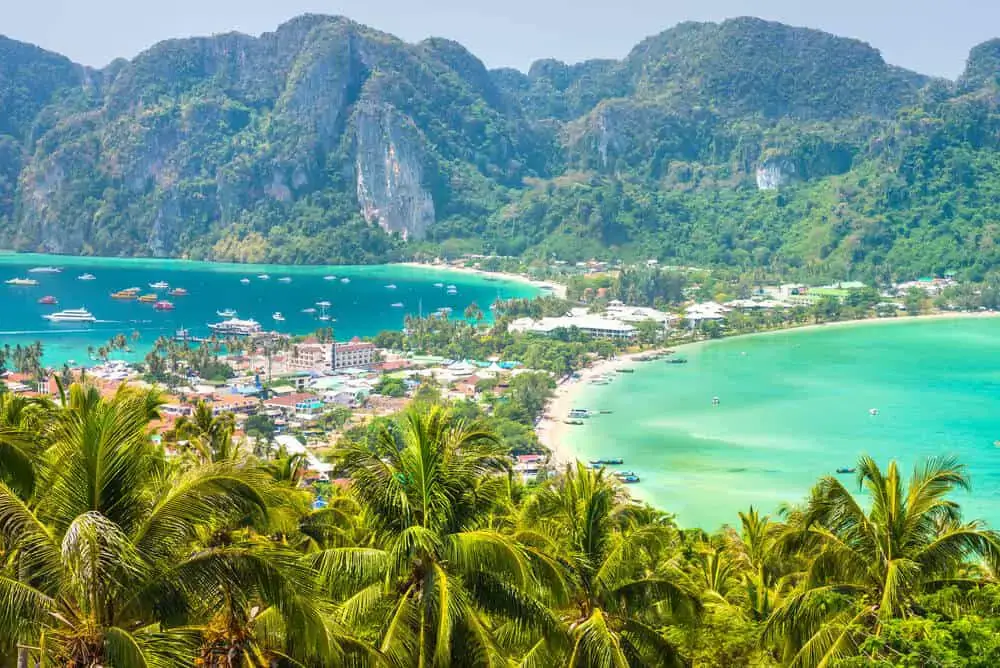
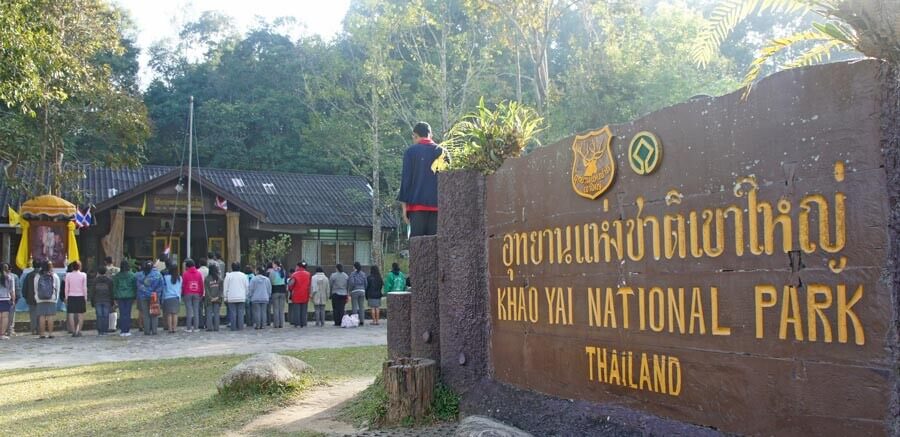
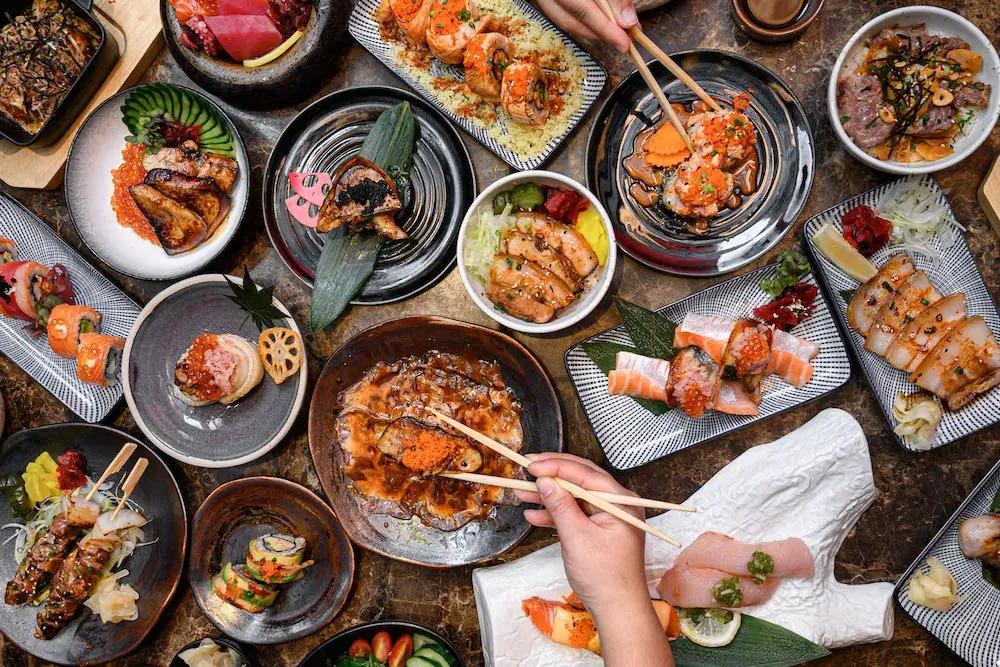
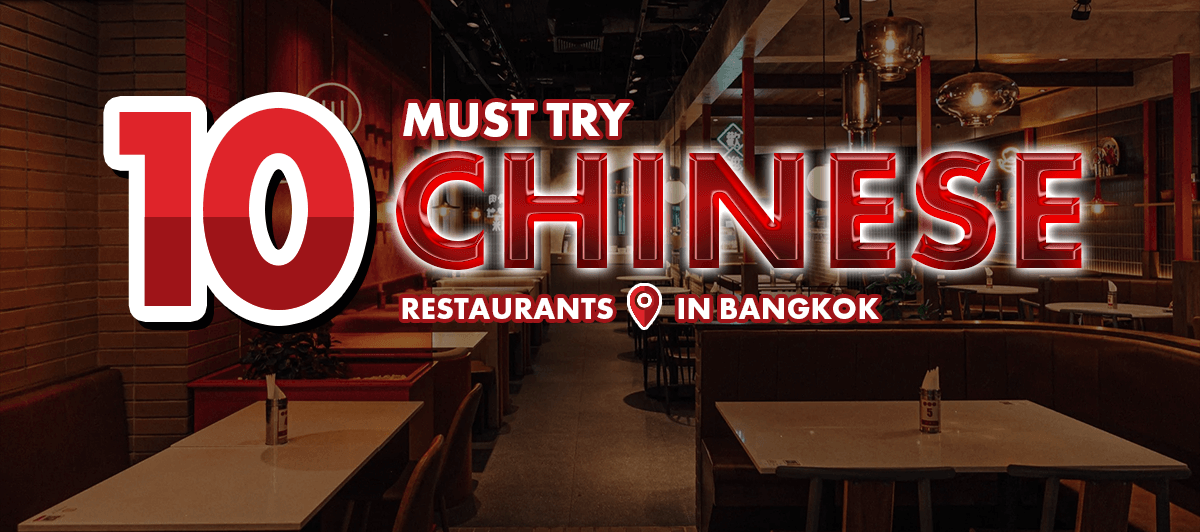
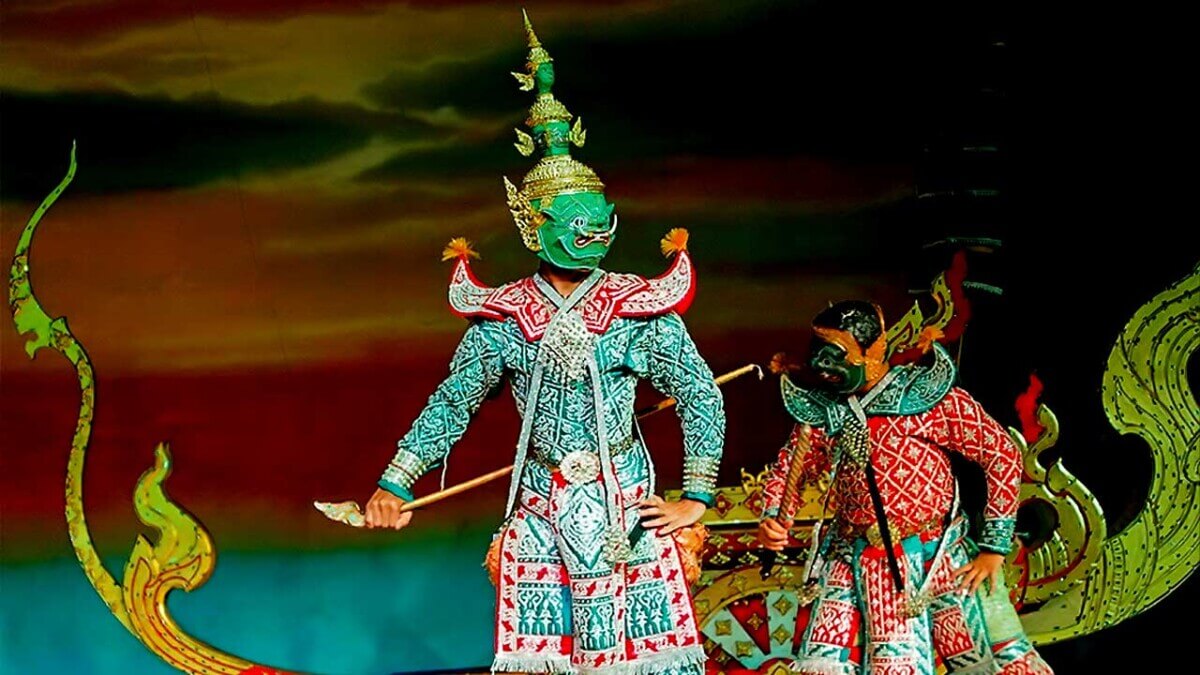
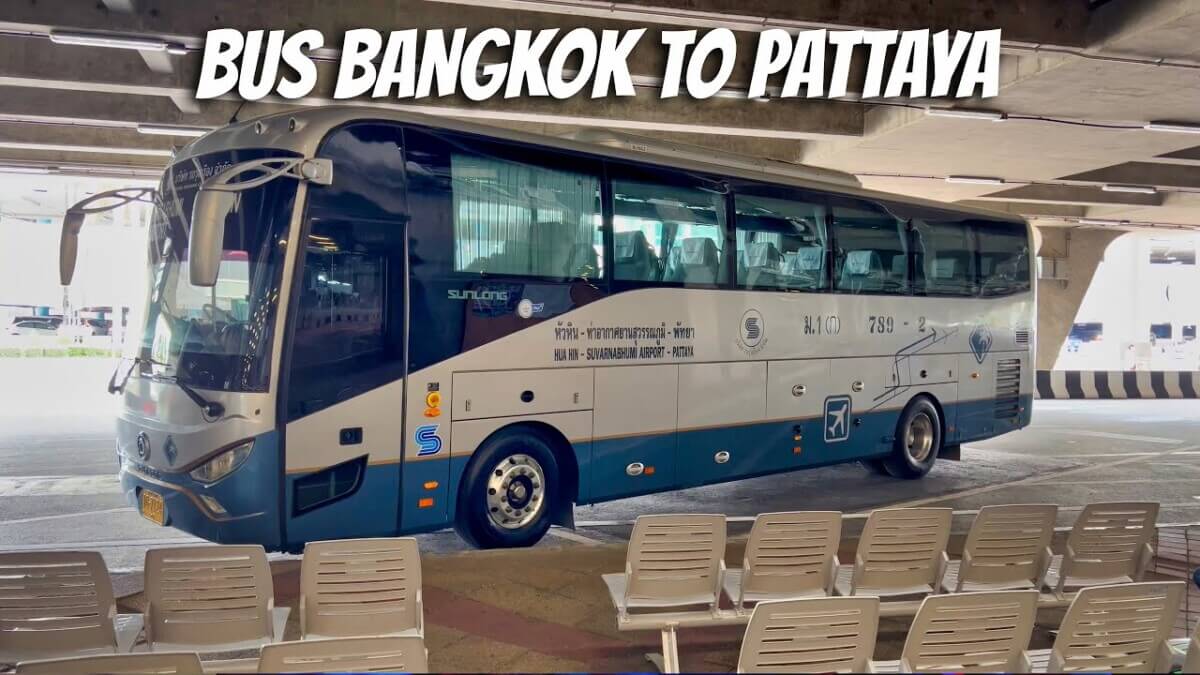
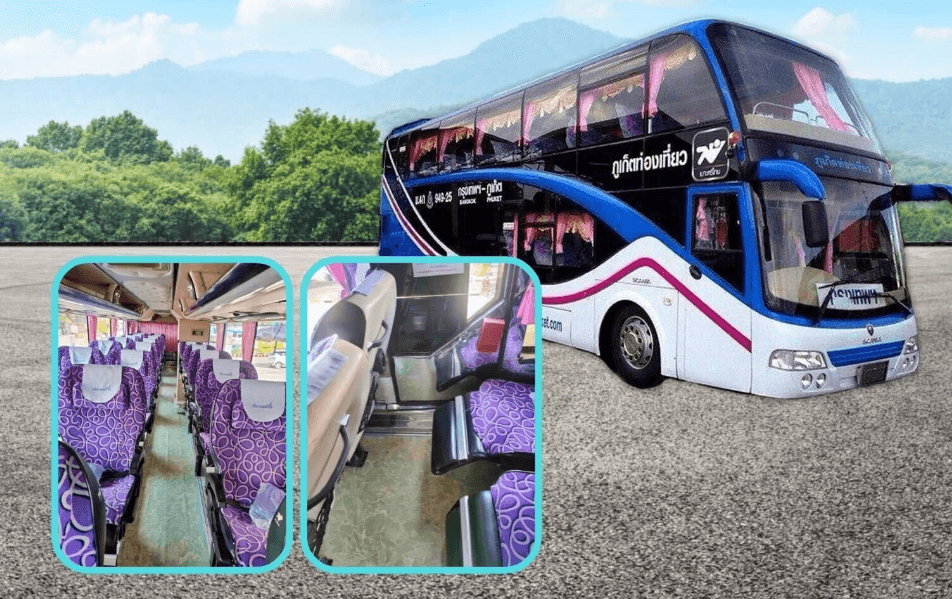

Leave a Reply